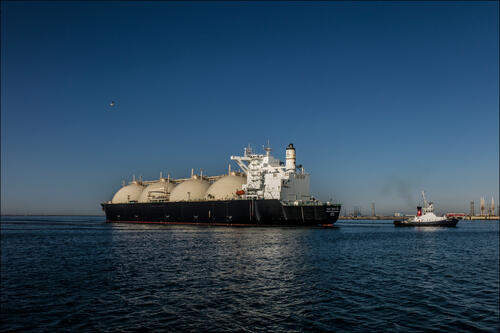
Shipowners are making significant investments to reduce greenhouse gas emissions of their fleets, notably by switching to vessels powered by cryogenic LNG instead of petroleum-based fuels. An additional opportunity of reducing emission rates would be to capture and secure the CO2 that is emitted onboard these LNG vessels.
Lab Crigen engaged in a pre-feasibility study for such a CO2-capture process. Experts of Lab Crigen’s Liquefaction Lab developed and modeled three possible scenarios for implementing a cryogenic carbon capture process using anti-sublimation onboard large LNG- fuelled vessels.
Anti-sublimation involves transforming gaseous CO2 into solid CO2 directly using cryogenic cold. The solid CO2 is subsequently melted and recovered as a liquid. The pre-feasibility study, which was successfully completed in 2022, essentially showed that the cold recovered from vaporizing the LNG to fuel the vessel’s engines can be used to provide at least part of the cold needed to capture the CO2 emitted by the combustion process.